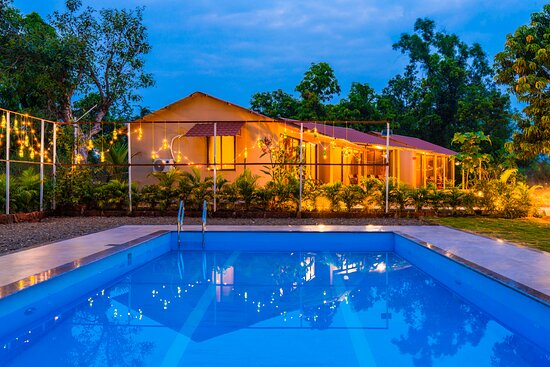BY: STEFANIE PHILLIPS
For generations families across North America have loved vacationing from the comfort of an RV. We’ve all seen that movie scene where the typical American family stops at the Grand Canyon, descends from their comfortable motor home and looks, stunned, at a natural wonder—all from a distance. Some more down-and-dirty travellers might agree that this style of travel, which includes driving from place to place in the confinements of a luxurious camper, takes away from the experiential side of traveling.
The Earth Cruiser is an expedition RV designed to go off the beaten path.
The Earth Cruiser is an expedition RV that was designed with the experience-driven traveller in mind. Developed by founder, Lance Gillies, the EC is designed to take passengers off the beaten path in all four seasons, while still providing them with the comfort of a hot shower and a dry place to sleep.
It doesn’t have the traditional appeal of other RVs, but it makes up for it with sustainability and practicality.
At first glance the utilitarian look of the cruiser’s cab could easily be mistaken for the cab of an 18-wheeler. With a large windshield and wide seats it doesn’t capture the same homey-feeling as some of its competitors. But what it lacks in familiarity it makes up for in sustainability and practicality.
Most of the vehicle’s utilities are solar powered. Diesel fuel powers the heating functions.
The vehicle features all of the utilities needed for adventurers to live on the road while also allowing them to go off-grid for months at a time. The solar panels on the roof power everything inside the cabin except for the stovetop, heater and water heater, which are powered by diesel.
It can also pick up water from lakes and purify it for drinking.
Its 80-gallon water tank works with a built-in water purification system that can pick up water from lakes and streams, making it clean enough for drinking. If necessary, the cabin can also recycle its own water.
The rig was even built shorter than the 22 ft. length restriction set in place by national parks for reasons of environmental reduction.
These features, combined with its fuel efficiency make it possible for passengers to go deeper into the bush without having to turn around and head back to the tall buildings and cramped sidewalks they ditched when they first decided to hit the road. They also make it one of the most expensive rigs on the market, running upwards of $175,000 apiece.
All these features make this one of the most expensive RVs on the market, running upwards of $175,000 apiece.
Today, they are still designed and tested in Australia but are being built in Bend, Oregon to be exported to travellers around the world who want a piece of freedom but who also want to take a little piece of their home with them.
Image sources: gizmag.com, earthcruiser.net.au












